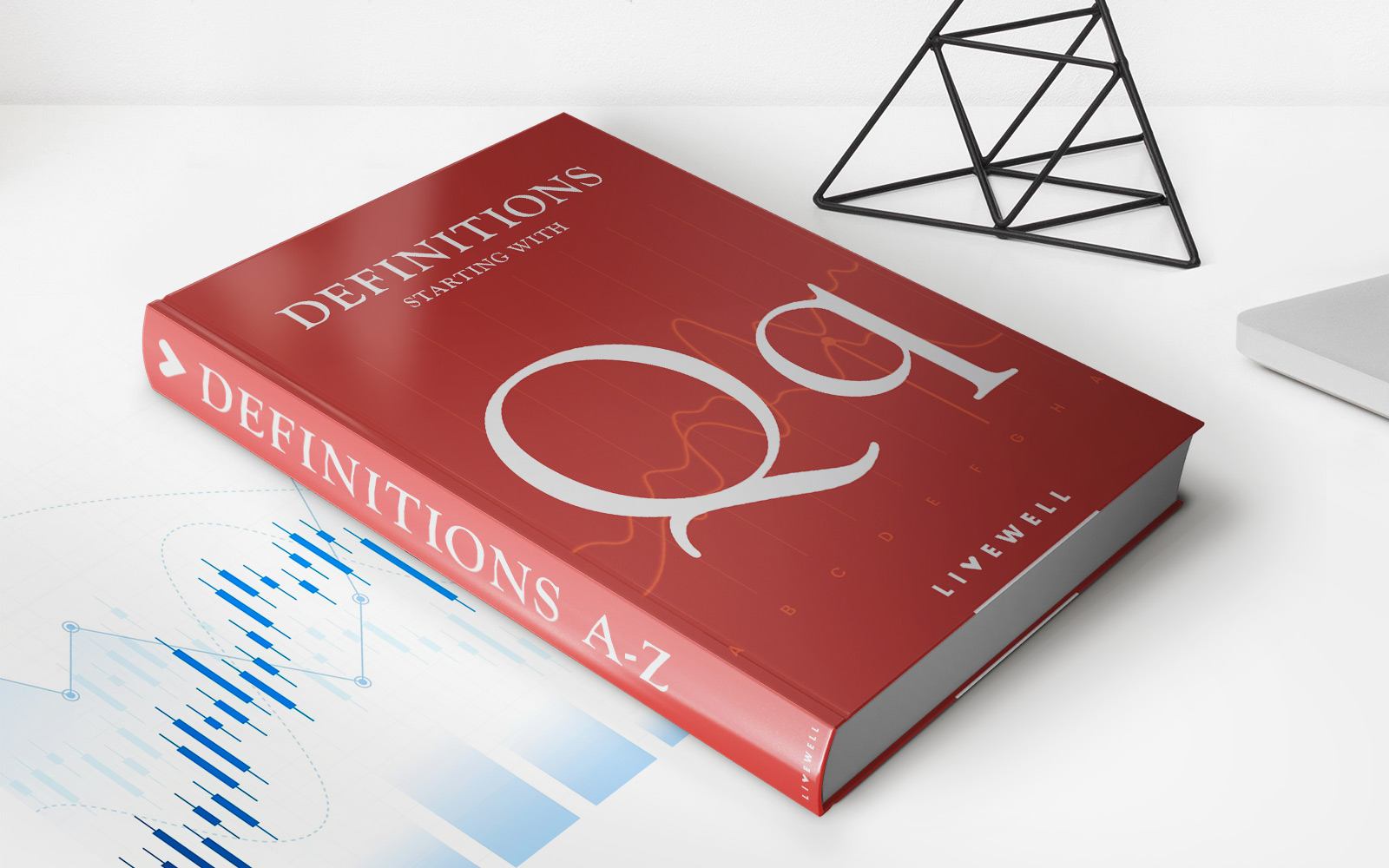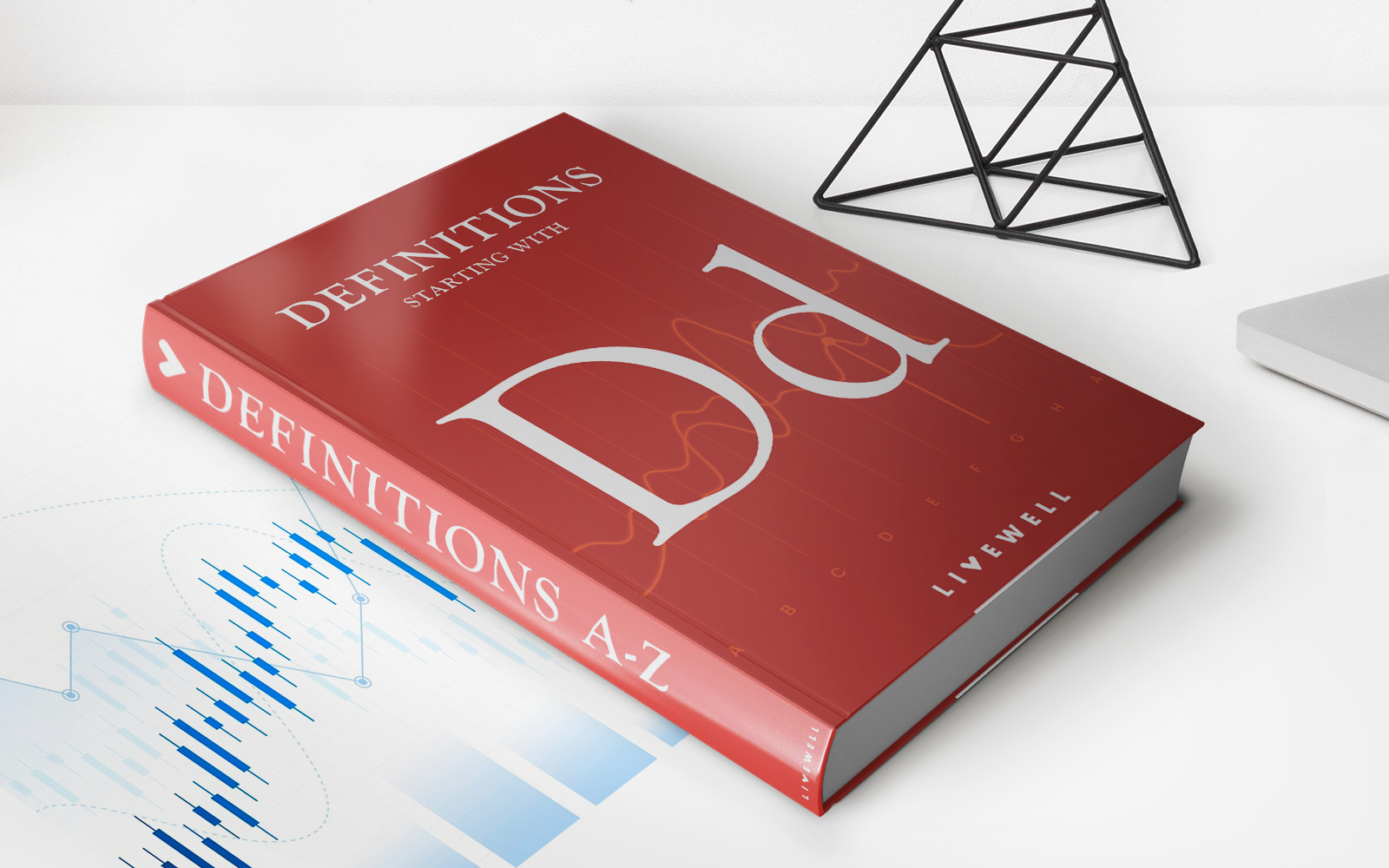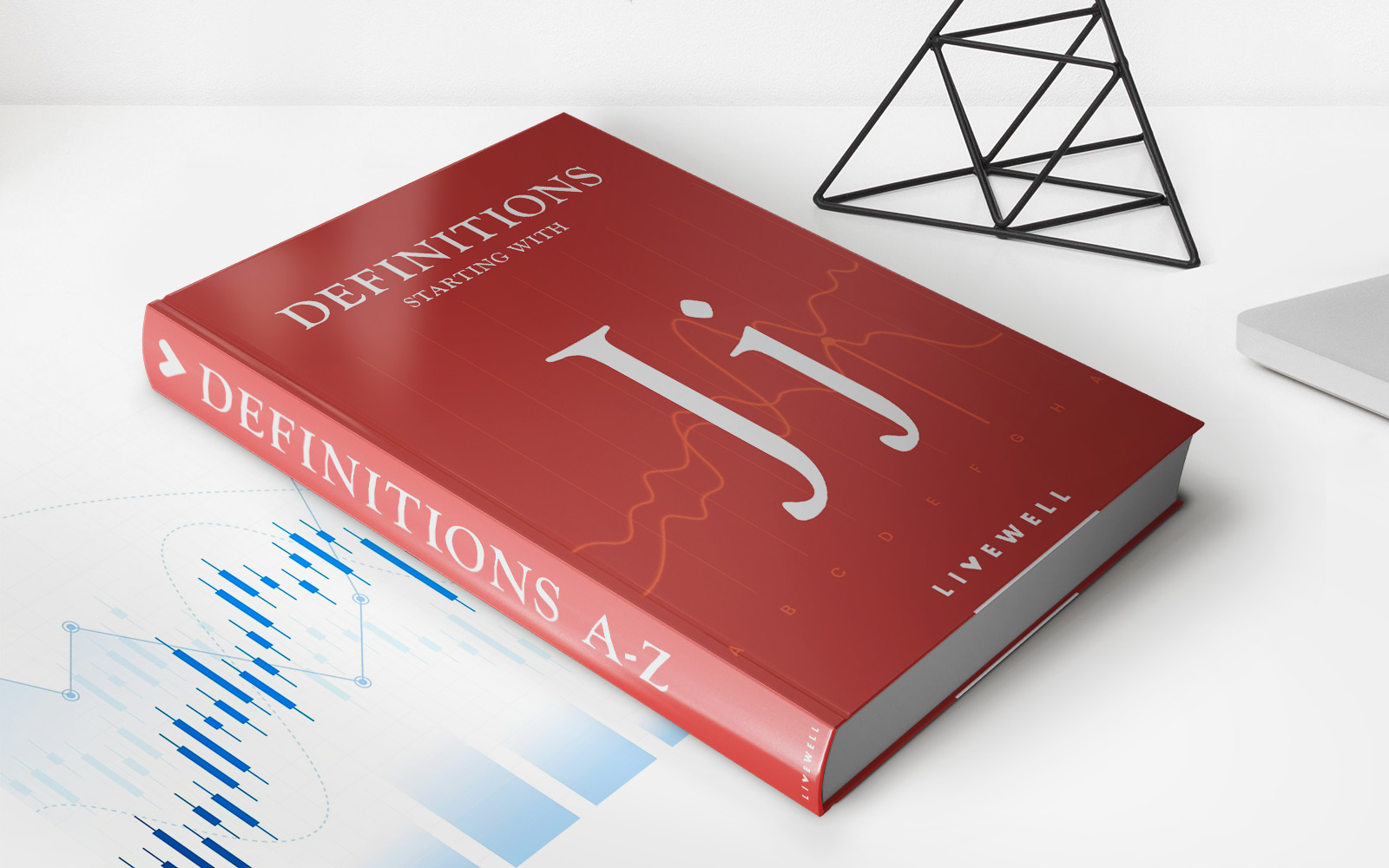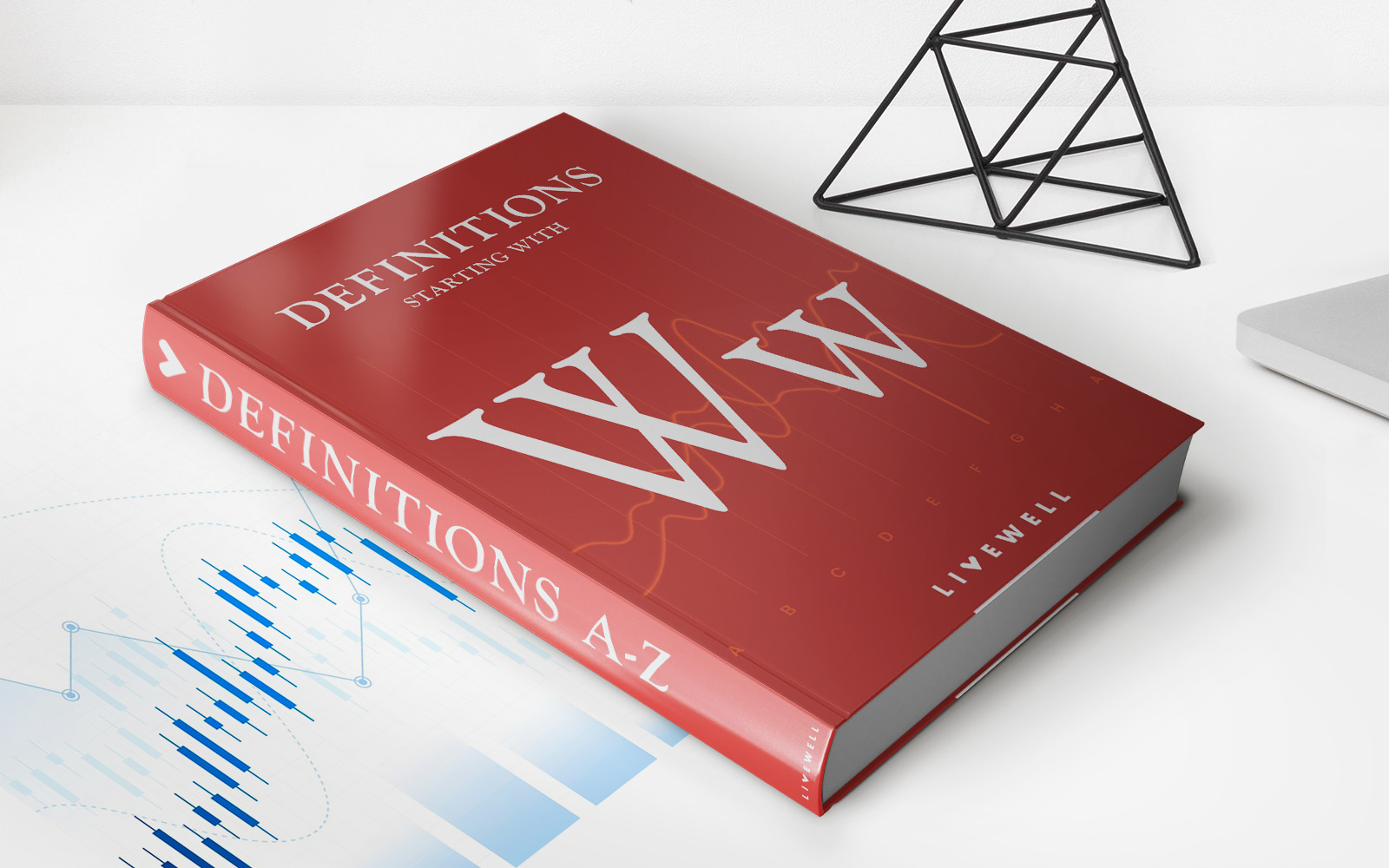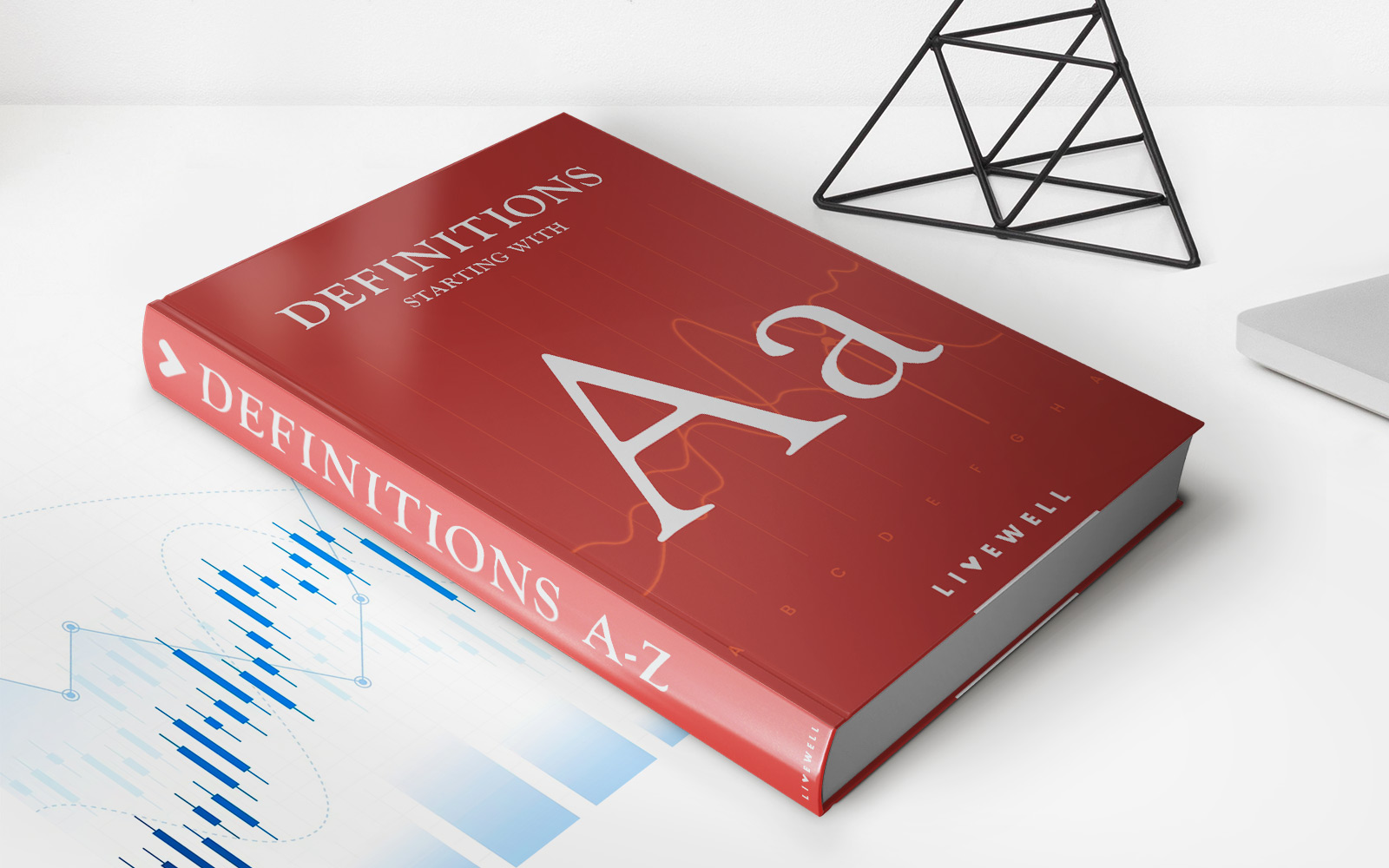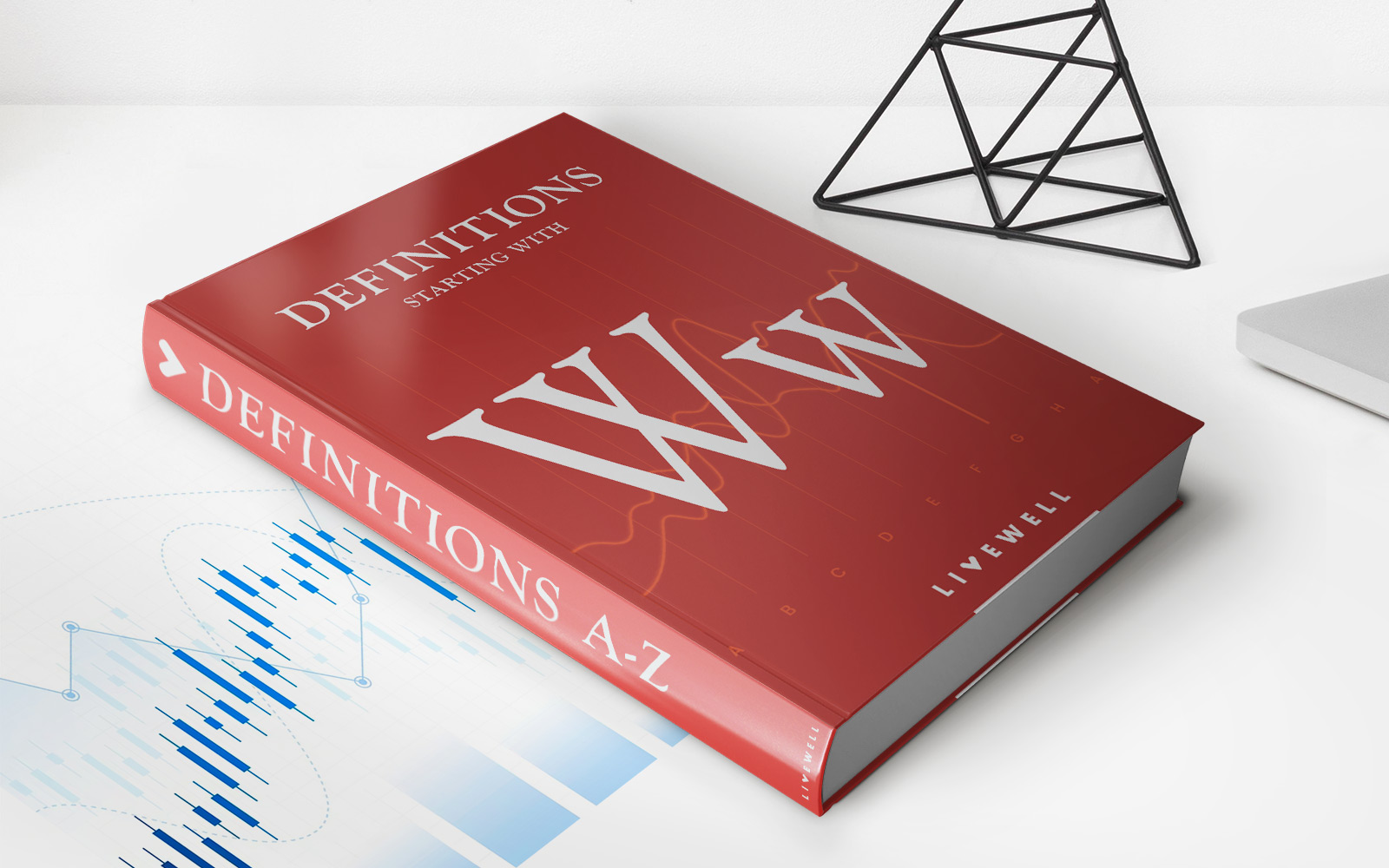

Finance
Waiver Of Demand Definition
Published: February 17, 2024
Learn the meaning of waiver of demand in finance and how it can impact your financial agreements. Gain insights into this important concept in the world of finance.
(Many of the links in this article redirect to a specific reviewed product. Your purchase of these products through affiliate links helps to generate commission for LiveWell, at no extra cost. Learn more)
Understanding the Waiver of Demand: A Crucial Aspect of Financial Transactions
Finance is a vast subject with multiple intricacies, and one key aspect that often arises in financial agreements and contracts is the waiver of demand. Whether you’re new to the world of finance or an experienced professional, understanding this concept is crucial to navigating the complexities of financial transactions successfully. In this blog post, we will delve into the definition of a waiver of demand, its significance, and how it shapes financial negotiations.
Key Takeaways:
- The waiver of demand is a legal term used to describe a situation where one party voluntarily gives up their right to demand payment, performance, or compliance from another party.
- It is often included in financial agreements to protect the interests and maintain a harmonious relationship between the parties involved.
The Definition and Significance of a Waiver of Demand
A waiver of demand is a contractual agreement between two parties, typically found in financial transactions such as loans, mortgages, or leases. It occurs when one party, known as the “waiver,” willingly relinquishes their right to demand payment, performance, or compliance from the other party, referred to as the “defaulting party.” By waiving the right to demand, the waiver essentially agrees to forego immediate legal action or remedies for any breaches of the agreement.
The significance of including a waiver of demand in financial agreements lies in its ability to protect the interests of both parties involved. It provides a level of flexibility and allows the defaulting party to rectify the breach or fulfill their obligations without immediate legal repercussions. For the waiver, it may help maintain a positive working relationship and avoid unnecessary strain in business dealings. On a broader scale, the waiver of demand also serves as a tool for dispute resolution, enabling the parties to address issues amicably before resorting to expensive and time-consuming legal proceedings.
The Components of a Waiver of Demand
A waiver of demand typically consists of several key components that are essential for clarity and enforceability:
- Identification of the parties: Clearly state the names and relevant details of the waiver and the defaulting party.
- Scope of the waiver: Specify the specific provisions or obligations for which the waiver is applicable. For instance, it may pertain to payment delays, performance discrepancies, or breaches in compliance.
- Effective period: Indicate the duration of the waiver and whether it is temporary or permanent. This ensures that the waiver’s intent is clearly defined and understood by all parties.
- Consideration: Establish whether any consideration, such as additional payment or adjustments, is agreed upon for the waiver of demand.
- Dispute resolution: Outline the mechanisms or alternative methods for resolving potential disputes that may arise during the period of the waiver.
Conclusion
The concept of a waiver of demand plays an integral role in financial transactions, offering both parties an opportunity to address breaches or shortcomings without resorting to immediate legal action. It promotes cooperation, flexibility, and the preservation of business relationships in a dynamic financial landscape. By understanding the definition, significance, and components of a waiver of demand, you can navigate financial agreements and negotiations with confidence, safeguard your interests, and foster productive partnerships.


